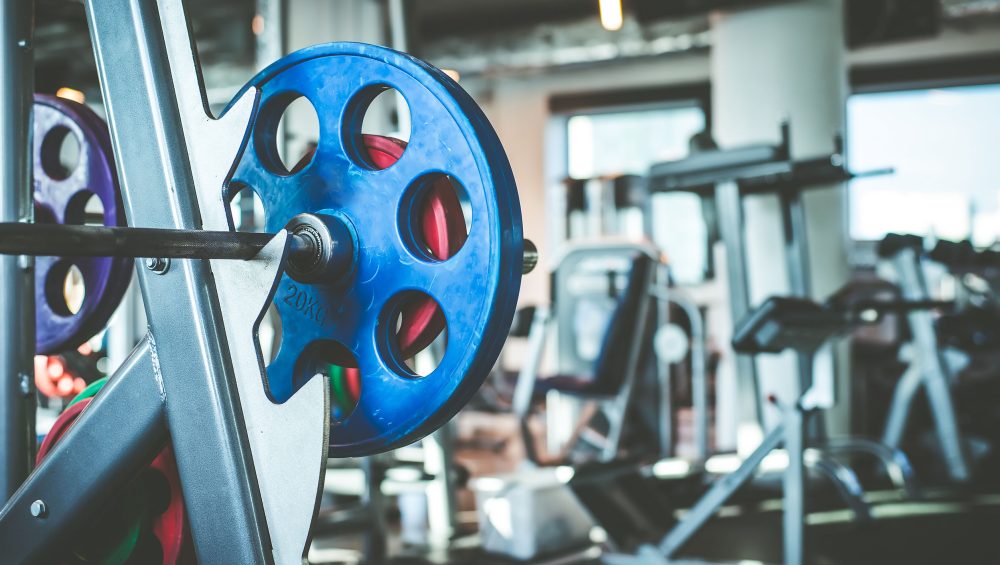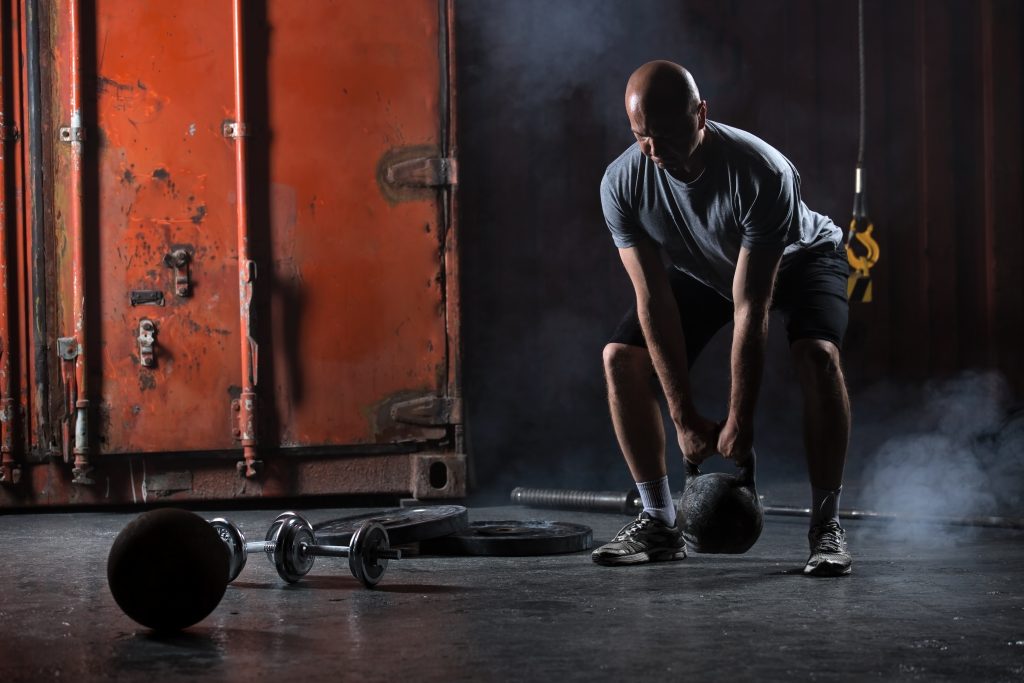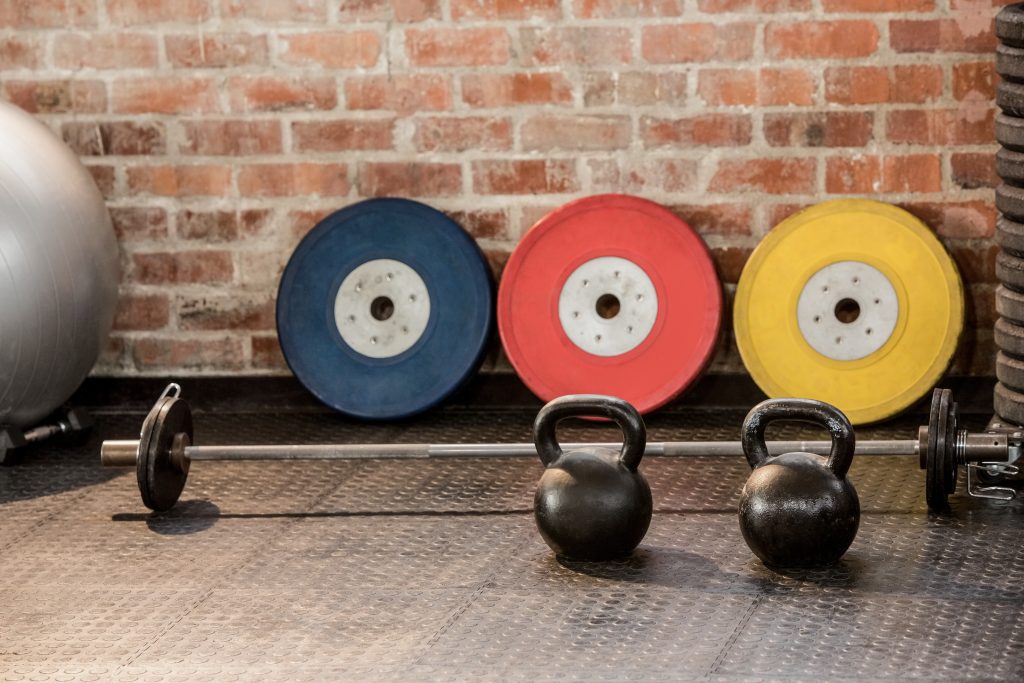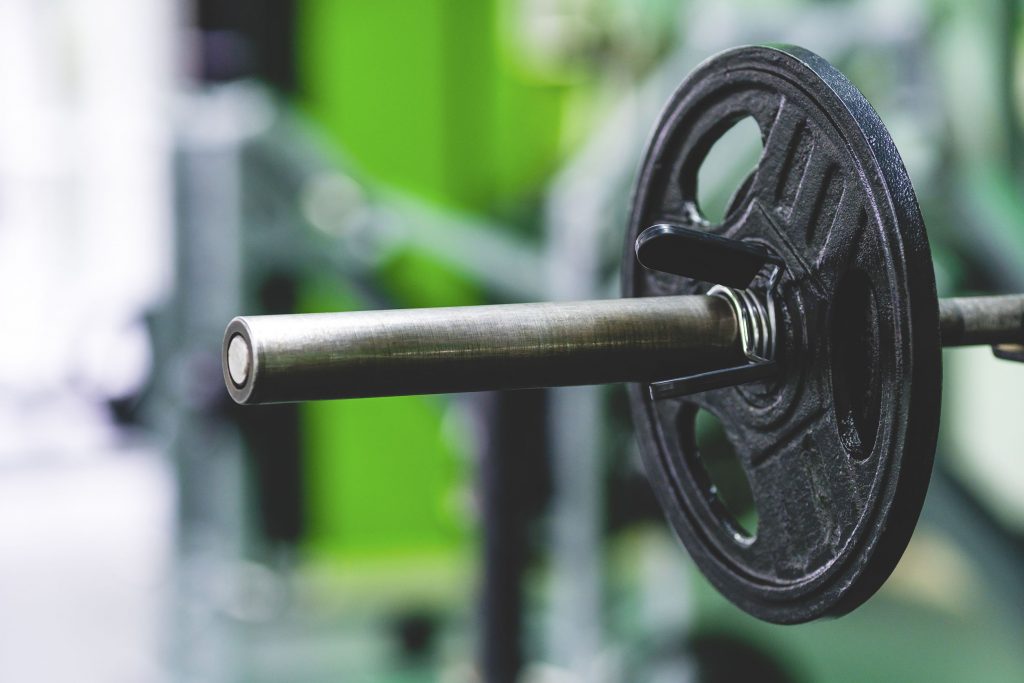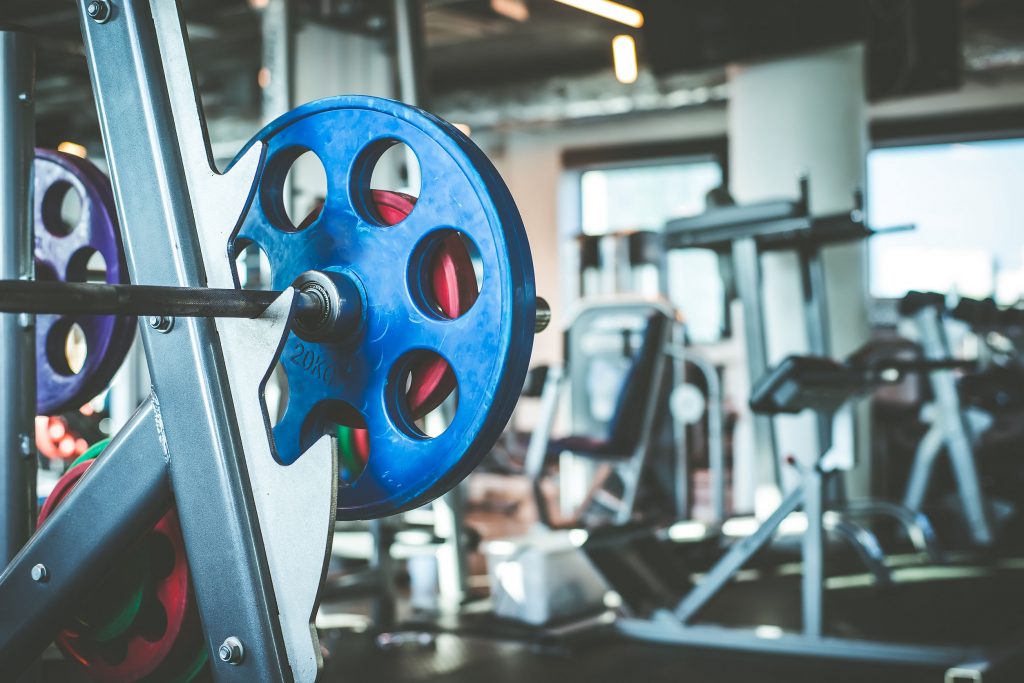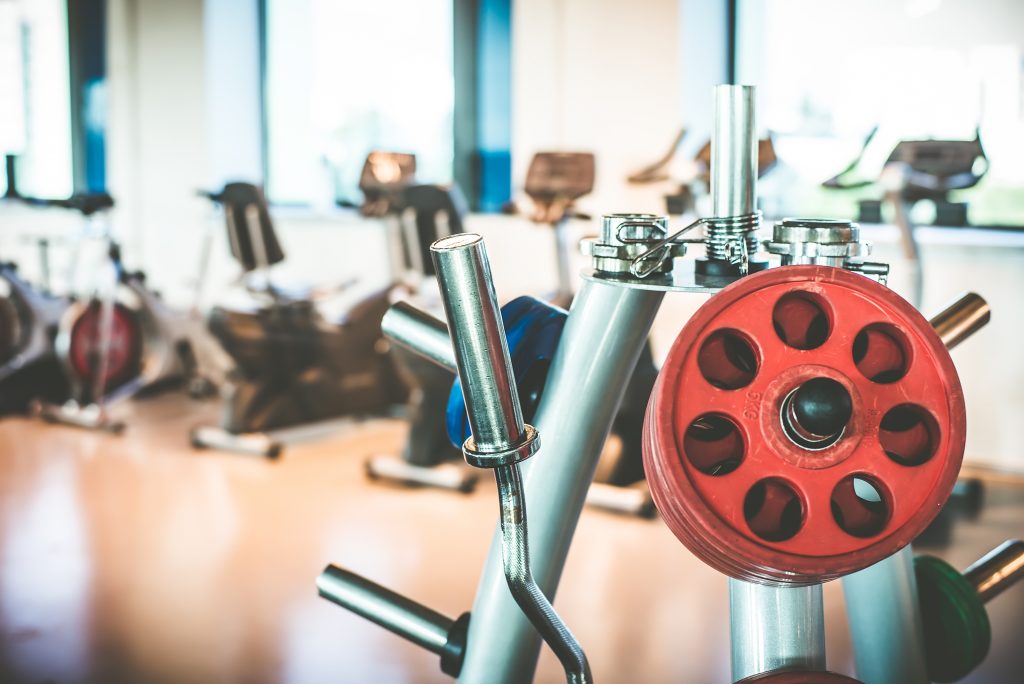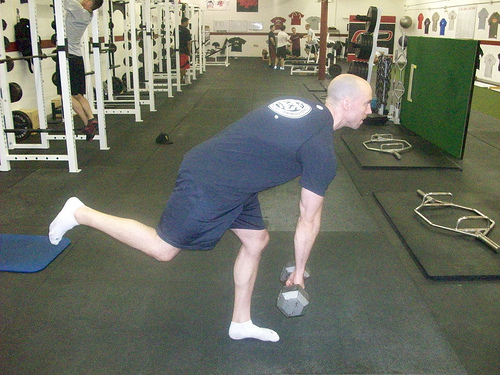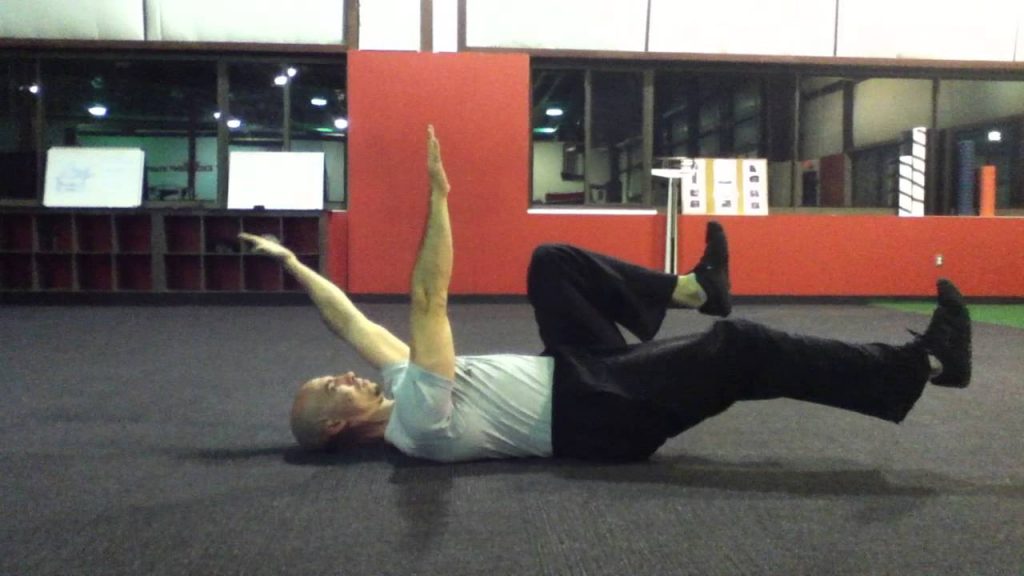“It’s official,” I thought to myself.
“I’m a moron. Why have I never thought of that?”
On an almost daily basis I read or watch something one of my colleagues posts on the internet and I am not-so-subtlety reminded of how inadequate I am.
I mean, granted, I have a deadlift most guys covet, and pecs that can cut diamonds, but even still…it’s not enough.
My brain just doesn’t work in the say fashion as some of my fitness brethren.1
Today’s installment of Exercises You Should Be Doing is a gleaming example of this fact.
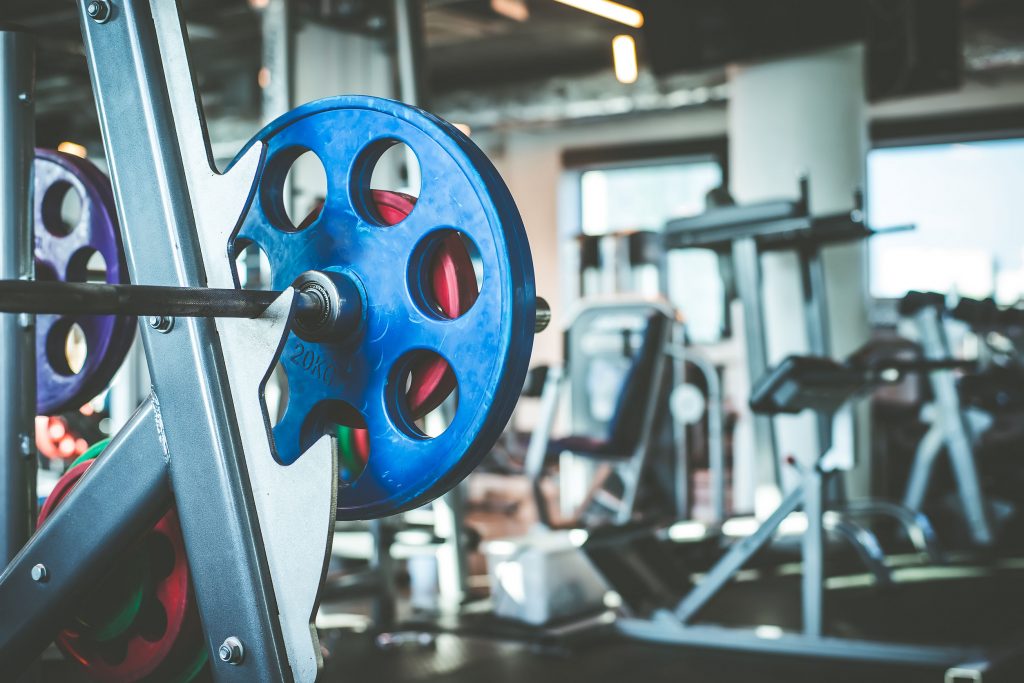
Exercises You Should Be Doing: Anti-Flexion Squat
Who Did I Steal It From? – Friend, colleague, and coach, Robert Linkul, owner of Be STRONGER Fitness in Sacramento, CA.
** No fluff here, Robert is an outstanding coach and someone you should be following (especially if you work with older clients).
What Does It Do? – When I first saw this exercise being performed on Robert’s Instagram feed I instantly thought of my IN-SEASON high-school basketball players. They were coming in to train at CORE the following day and I knew they were going to be a bit beat up from a hectic week of games and practices.
I wanted them to come in and get a good training session in, but I also wanted stay cognizant of the fact they would have likely given me the look of death if they walked into the studio and saw “squats” on the docket.
With this iteration I was able to still have them squat, albeit with minimal axial loading on their spine. Too, as I found out myself after performing a few sets, it torches the anterior core.
I receive a high training effect with minimal joint stress with this exercise, and like I said, for in-season athletes this is money.
In reality, though, this is a great exercise for anyone: athlete, non-athlete, in-season, off-season, centaur, whatever.
Other things to note:
– The added “pull” of the band during the eccentric phase of the exercise provides a unique training stress in that the trainee must now learn to CONTROL the lowering portion and not just let the band take over.
– Moreover, I see some value in using this variation with beginners. Getting a beginner to appreciate TENSION and body position during a squat (abs on, ribs down, hips tucked under) is paramount. Far too often they’re “loosey-goosey” and have a hard time comprehending the concept. Here, the band gives them all the feedback they need to FEEL what it is I’m after.
– Lets quit it with the formalities shall we? You know and I know that there’s one thing, and one thing only, we’re both thinking of when it comes to this exercise.
We’ve finally figured out a way to combine squats and bicep curls, baby!
Key Coaching Cues: I’m using an EZ Curl bar in the video, but if you wanted to up the bad-ass factor you could use a straight bar or, I don’t know, an ax.
I’d err on the side of conservative here.
A 1/4″ band will be more than enough resistance for most people, but I can see a case being made for 1/2″ band for stronger individuals.2
Programming wise this exercise fits well with high(er) rep schemes (8-15) so don’t be bashful.
SIDE NOTE: Grip will be the limiting factor for the bulk of trainees with this exercise, so please take that into consideration. The last thing you want is someone letting go of the barbell from the top position due to fatigue and then they break their foot.
Jerk.

